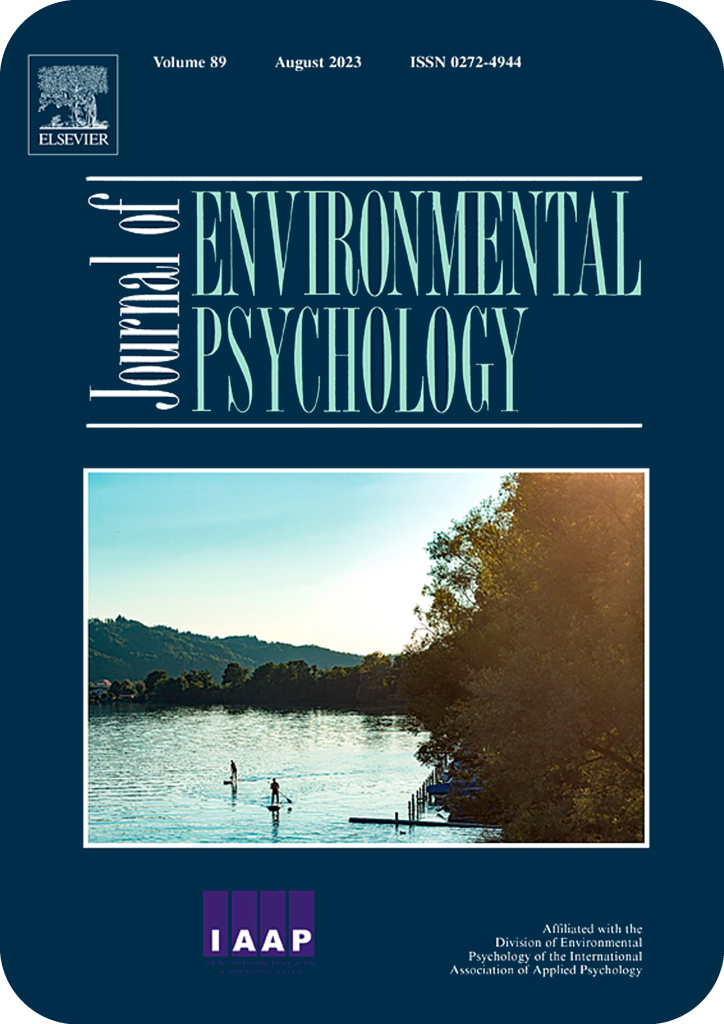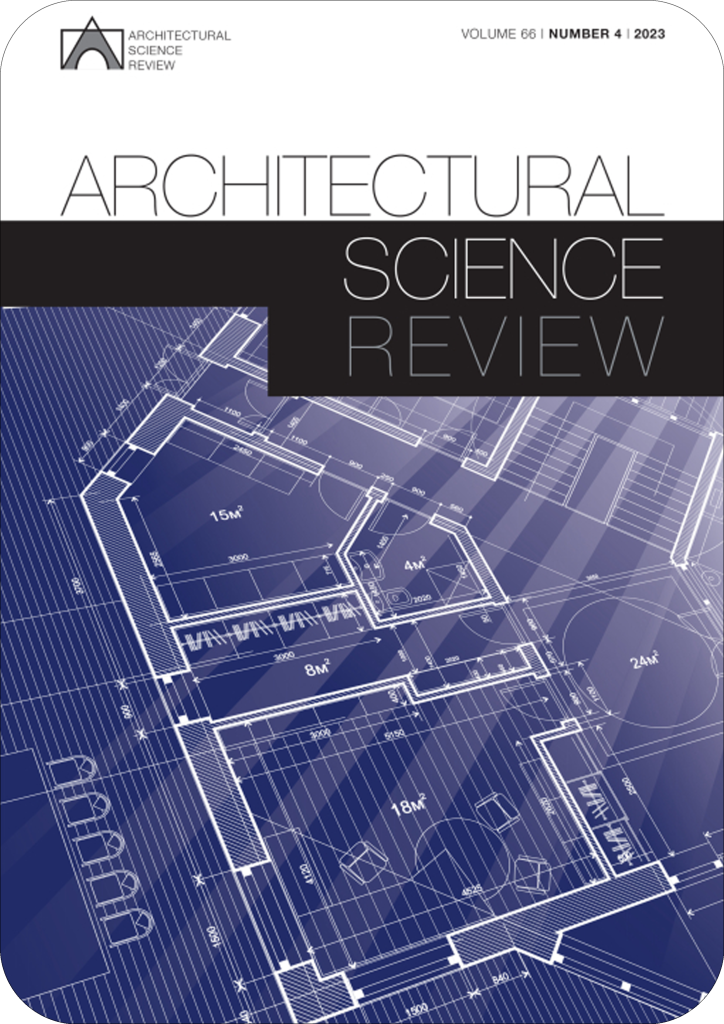
Abstract: Future learning spaces (FLSs), such as immersive virtual environments, have expanded the architectural studio beyond traditional spaces, offering new affordances for learning communities (LCs) to enculturate design practices. These developments raise a need to assess how different spaces foster intended learning activities. In response, we developed a model to assess the way (LCs) are supported during the design process. Our model aggregates learners' design decisions, along with their physical, virtual and social settings, into units called knowledge construction activities. These are then linked with subsequent units, to create design development graphs. The model was applied to two studio courses that used a conventional classroom and a technology-enhanced immersive FLS. Analyses show that each space supported different learning activities. Notably, the immersive FLS was shown to support design convergence, considered to be an essential skill. While advancing concepts related to design pedagogy, the model can support additional designers of FLS for (LCs) when integrating multiple spaces.
More Papers



